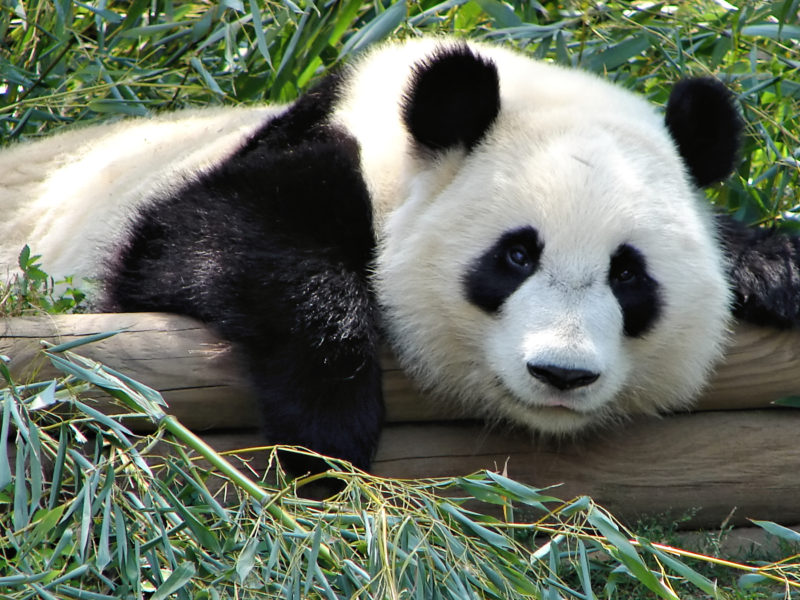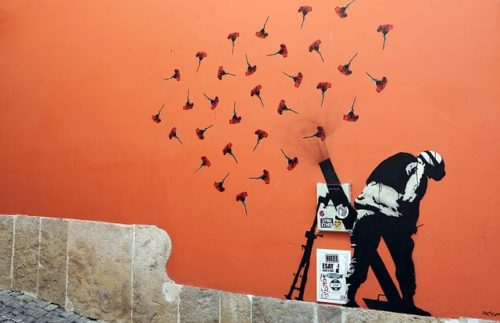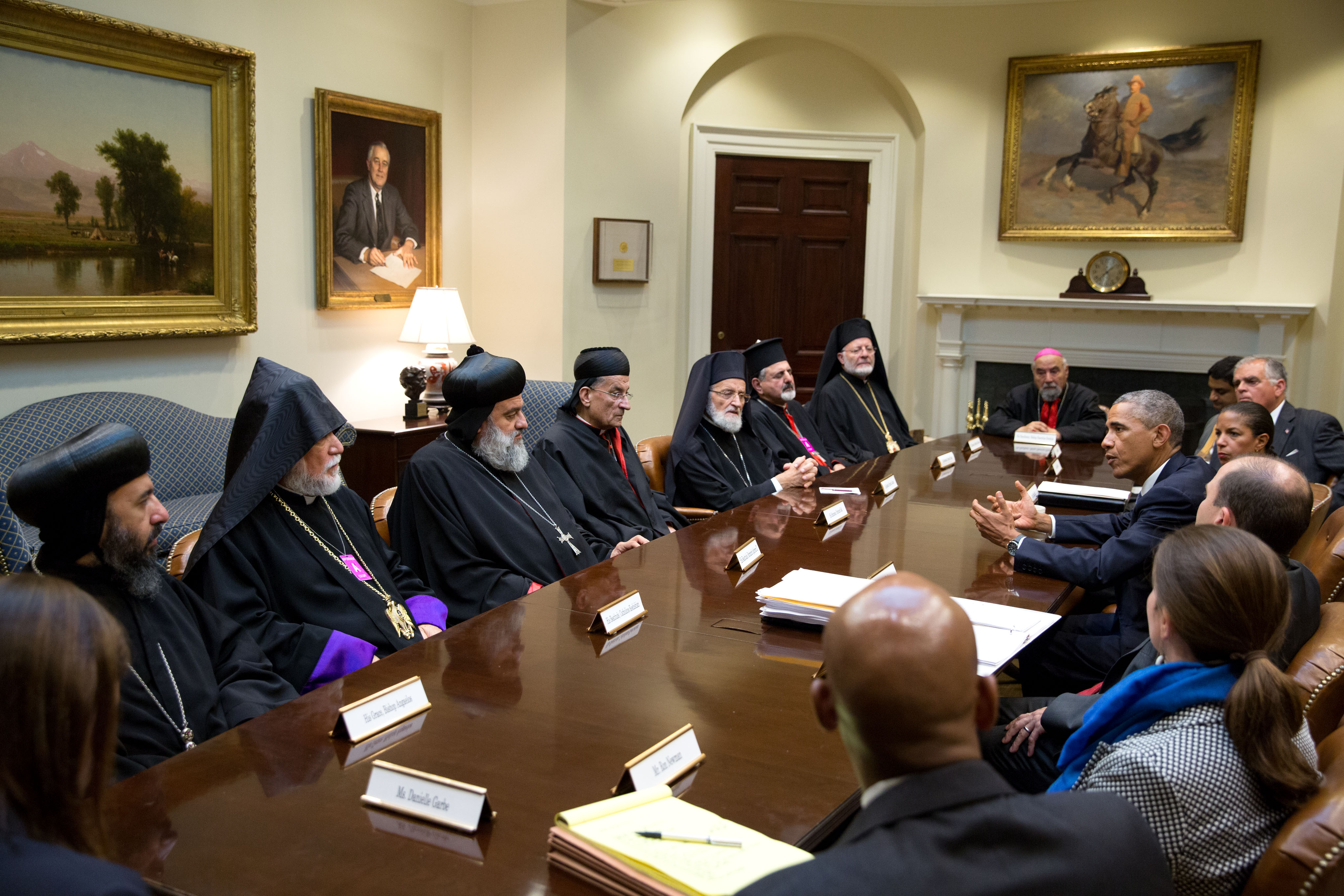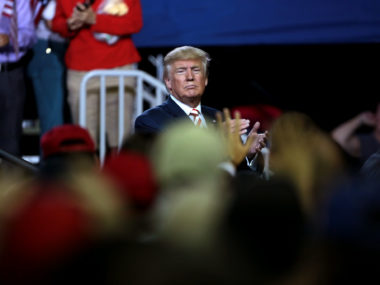By Cullen Hendrix for Denver Dialogues
Charismatic megafauna are large animal species with widespread popular appeal. They excite the imagination, generate traffic jams at zoos, and make for fantastic National Geographic pictorials. If there’s a plush version of it at the gift shop of your local zoo or aquarium, you’re dealing with a charismatic organism. Though they represent a tiny fraction of the species that make up our world’s fauna, they are responsible for a massive amount of scientific, policy, and popular attention. These charismatic megafauna are used by environmental activists to achieve environmentalist goals, and their study informs our understanding of ecosystem dynamics and environmental change more broadly.
Conflict and security studies have charismatic megafauna, too: conflicts that excite popular interest and imagination and receive vastly more scholarly attention than others. The Library of Congress lists a staggering 18,028 books on World War II, including over 200 written in the 21st century. Assuming these tomes averaged a three-day read, it would take someone over 16 years – without breaks – to work through them. In this way, World War II is the Giant Panda of conflict/security studies.
I’ve written here about the uneven coverage some wars get in international relations scholarship, but only more recently did I realize these wars are the charismatic megafauna of conflict/security studies. This has implications both good and bad – both for the nature of our understanding of history and international affairs and for the inside baseball of our own professional job markets.
First, the good:
- Charismatic megafauna are important.
I’ll be brief: it is important to know about the deadliest conflicts in human history. Whether we’re approaching the point of diminishing marginal returns is another matter. Nevertheless, just as it would be virtually impossible to imagine a study of African wildlife that didn’t mention the elephant and the rhino in some capacity, a treatise on 20th century military history that didn’t mention the World Wars would be missing, well, the elephant in the room. The charismatic megafauna of conflict studies inherently matter more in ways the charismatic megafauna of the animal kingdom probably don’t.
- Charismatic megafauna are the gateway drugs of scientific inquiry.
Charismatic megafauna draw people into fields of study. Once there, they often stray from studying the charismatic megafauna and focus on other organisms and ecosystems. My wife, an oceanographer, first fell in love with ocean science through vivid images of coral reefs teeming with bright anemones, sleek reef sharks, and clown fish (she was into them before they were cool). She wound up doing gut content analysis of Pacific albacore. She came for the brightly colored fish, stayed for the hard science and data collection.
Similarly, the big wars draw people to security studies. We begin learning about them as soon as we start taking social studies or history. We see them on the History Channel. We still go to movies where Brad Pitt kills Nazis.
For this reason, courses on big wars do good business, drawing people into the systematic study of war and peace. It’s too early to tell, but Scott Wolford’s excellent real-time course on World War I got rave reviews and probably inspired a few security studies careers. Studying WWI becomes a window into understanding issues like alliances, commitment problems, leader psychology, and a host of other more specific topics that lead scholars to pursue less heralded but equally important and valid areas of inquiry. Had he applied the same setup to the Second Sino-Japanese War, I’m guessing it wouldn’t have been covered in the Daily Texan – and if it had, the lede would have been “UT Professor Wastes Time, Money.” The charismatic megafauna are the conflicts that launch a thousand careers in security studies.
- Charismatic megafauna drive popular interest and research support.
This point is linked to the previous. Charismatic megafauna inspire popular imagination to a degree smaller conflicts can’t (or don’t, anyway). Similarly, “big” wars or interventions by major powers catalyze interest in conflict studies and drive research dollars toward the field.
But the presence of these charismatic beasts is not an unalloyed blessing, neither for the field nor for the policy community. There’s some bad, too:
- Charismatic megafauna are charismatic for idiosyncratic and often biased reasons.
The snow leopard and the Cuban solenondon are both endangered mammals. Check the links for pictures and you’ll quickly figure out why you’ve heard of the former and not the latter: the former is gorgeous, the stuff of airbrushed posters and printed sweatshirts. The latter has a venomous snoot only its mother (presumably) could love. The former may or may not be more important from an ecological perspective, but it certainly garners more attention – and for, if we’re being honest, pretty superficial reasons.
There are probably good reasons for lavishing more scholarly interest on some cases than others, but there are also bad – or at least idiosyncratic ones – as well. One characteristic of the charismatic megafauna of conflict studies: they tend to involve Anglophone combatants.
These are data on the deadliest interstate wars of the 19th and 20th centuries. On the Y axis, you have estimated battle deaths in those conflicts, a rough proxy for the size and significance of the conflict. The values are log-normalized because they range from just over 50,000 to well over 16 million. On the X axis, you have the number of Google Scholar-indexed references to the war, also log-normalized. The data demonstrate two things: first, for wars in which the United States and/or the UK were partisans, there is a tight correlation between the number of battlefield losses and citations – extremely tight, in fact (r = 0.94). However, if the United States or the UK were not partisans, scholarly interest is less a function of conflict magnitude and more a function of idiosyncratic factors. This means two things: we know a lot less about wars in which the United States and the UK didn’t participate than the ones they did participate in, and what we know about those others is driven by factors we don’t well understand.
- Generalizing from charismatic megafauna can be misleading.
Charismatic megafauna are odd, almost by definition. Their oddness is related to both their size and their appearance (more on that in a minute), but also to the things that make them unlike other organisms. This certainly makes them interesting topics of study. But it also makes them dangerous cases from which to generalize.
Giant Pandas are members of the Ursidae family, so they are classified, like other bears, as carnivores. Yet their diet consists almost entirely of bamboo. If you’re teaching Bio 101, this would make the Giant Panda an exceptionally bad example to motivate a discussion of carnivorism.
Similarly, the World Wars were (at least so far) astonishingly unique events, both in magnitude and complexity. But they are also the most studied conflicts by far. That is, more scholarly attention has been devoted to thinking about atypical cases than typical ones. And because military historians and security scholars have devoted so much attention to them, it’s likely most policymakers fall back on mental models derived from these atypical cases when thinking about warfighting, conflict processes, and diplomacy.
As I’ve argued before, many senior officials in the Bush administration claimed in 2003 that coalition forces would be greeted by the Iraqis as liberators and that occupation would be both short-lived, relatively peaceful and inexpensive, and provide a beacon of hope for pro-democracy movements in the broader Middle East. Given that most of them had probably read and thought more about post-WWII occupations and liberations than all other 20th military occupations combined, I can see how they arrived at that conclusion. The Netherlands and France went well, right?
- Charismatic megafauna can crowd out the study of other important organisms.
When researchers or conservationists study charismatic megafauna, their study indirectly benefits other organisms that inhabit their ecosystems via the attention: polar bears as emblematic of the decline of arctic climates, sea turtles as a lightning rod for concerns about long lining, etc. Because these megafauna depend on complex ecosystems for their survival, efforts to conserve them necessarily provide spillovers for whole ecosystems and the less heralded species (scurvy grass?) that occupy them.
With the charismatic megafauna of conflict studies, this isn’t necessarily the case: understanding WWII, for instance, doesn’t necessarily increase our stock of knowledge of the other conflicts like it because, well, there aren’t other conflicts (much) like it. Early career scholars face strong professional incentives to base their studies on familiar cases in order to “speak to” the existing literature (i.e., build upon the work – and satisfy the egos of – senior scholars) and to find a wide audience. These tomes may or may not illuminate conflict dynamics in other cases (see previous point), but they certainly gobble up editors’ time in the review process. And for these same reasons, editors face implicit encouragement to publish studies on widely-cited cases.
So, the next time you find yourself reasoning by analogy to conflict dynamics in the World Wars or US intervention in Vietnam, remember you are drawing on the charismatic megafauna of conflict studies. Some caveats may be appropriate.








3 comments